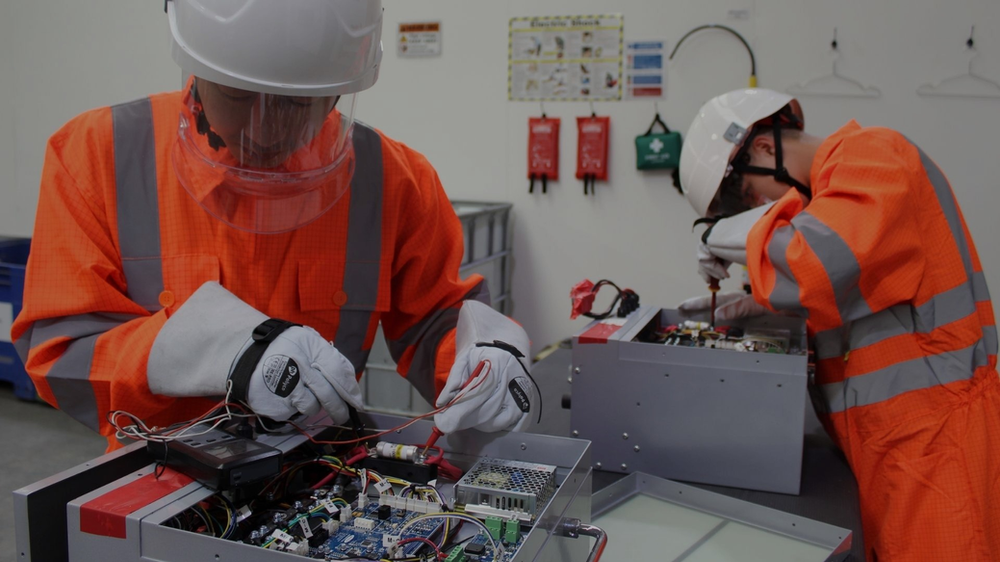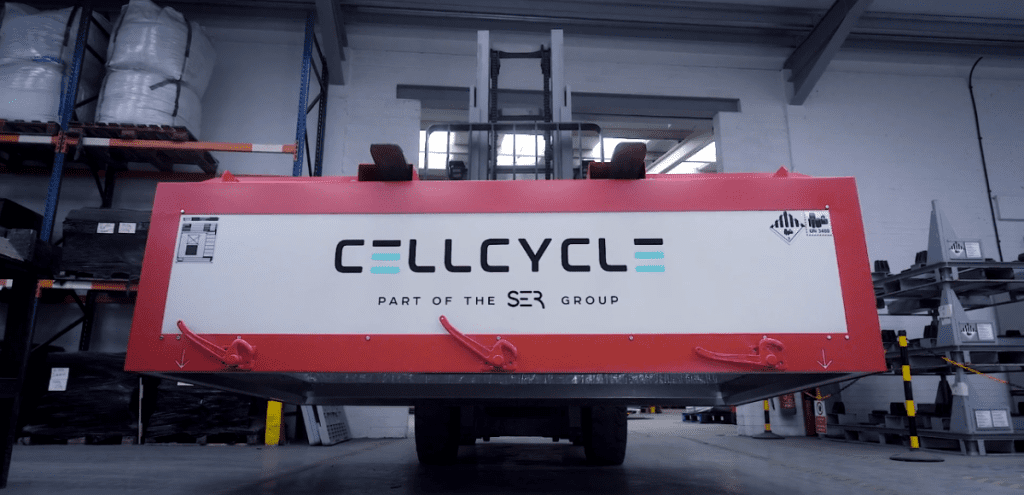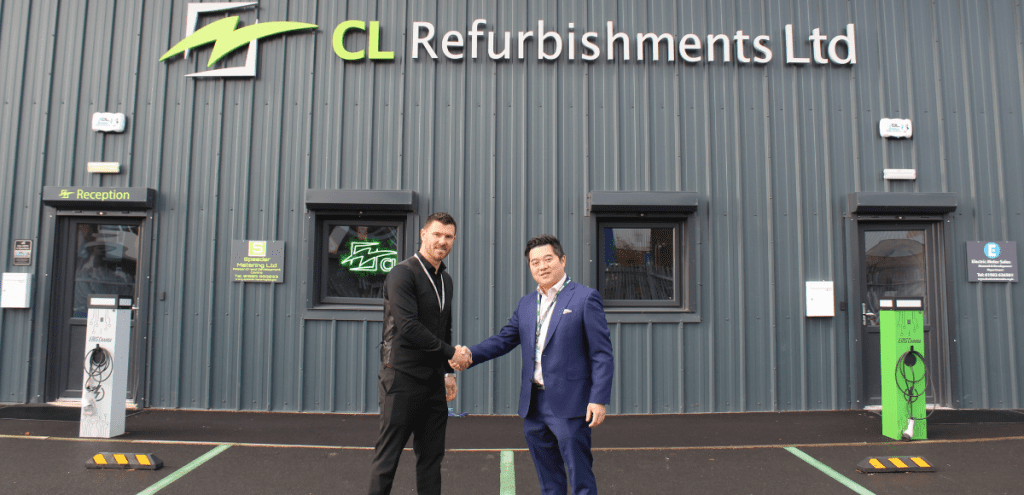Step 1: Identify the Battery Type and Charge
The first step to take before dismantling a Li-ion battery is to identify its type and the amount of charge remaining in it. This information is critical because different types of batteries require different handling procedures. Additionally, the risks associated with dismantling the battery increase with the charge level. Therefore, it is important to discharge the battery or use safety equipment such as gloves and protective gear when handling charged batteries.
Step 2: Tools and Equipment
Proper tools and equipment are necessary when dismantling a Li-ion battery. These include safety gloves, face masks, safety goggles, and fire extinguishers. All tools used should be non-sparking and grounded to prevent static electricity, which can cause explosions. Additionally, the dismantling area should be well-ventilated to avoid inhaling toxic fumes that may be produced during the process.
Step 3: Disassembly
The Li-ion battery should be disconnected from any device or charging system before disassembling it. The battery casing should not be damaged during the process to avoid exposing the battery’s inner components. The internal components should not be punctured or cut as this can cause internal damage or a thermal runaway, which can lead to a fire or explosion.
Step 4: Disassembly of Individual Components
After successfully disassembling the battery casing, the internal components should be removed for proper disposal or recycling. There are different techniques for disassembling specific components, and one should follow the manufacturer’s guidelines or consult experts in the field.
Step 5: Proper Disposal
The Li-ion battery components that are deemed hazardous or non-recyclable should be disposed of properly. This includes contacting a fully licensed and approved battery treatment operator who is equipped to handle such materials. There are many agencies available, both public and private, that specialise in collecting and disposing of hazardous materials, including batteries.
In conclusion, the proper dismantling of a Li-ion battery is a critical process that requires careful adherence to safety measures to prevent hazards such as explosions or fires. By following the steps outlined above, one can ensure that the process is conducted safely and efficiently while reducing the impact on the environment. It’s essential to follow these guidelines to avoid accidents and ensure the safety of all those involved.


